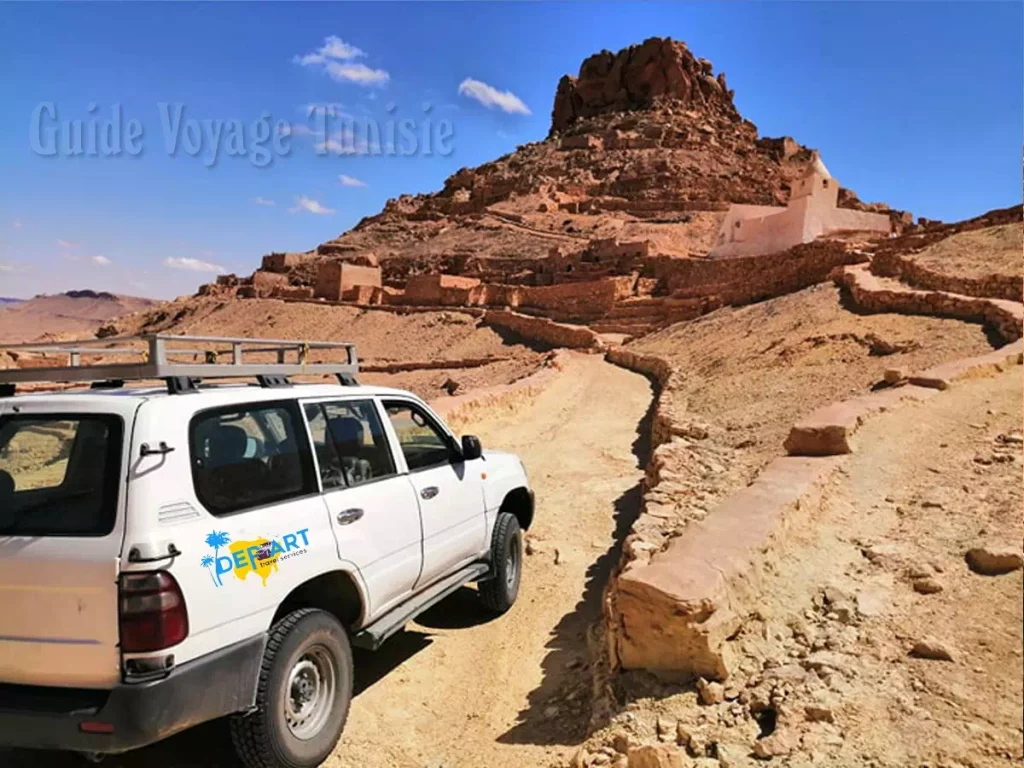Zraoua Berber Village
Zraoua Berber village, “The old Zraoua”, one of the Amazigh villages whose construction dates back hundreds of years, vibrated on Sunday April 28 to the rhythm of a vast awareness-raising operation organized by the civil society of the region.
The village, erected by its founding inhabitants on a high plateau on the Matmata mountains (governorate of Gabès), not far from the two Berber villages of Taoujout and Tamazerat, experienced a great mobilization of its population, all categories combined, in order to bring up to date their village, previously chosen by foreign image veterans.
According to activist Ahmed Mahrouq, this operation is part of the efforts made by the population to promote their region and attract the attention of the authorities concerned since this southern region has been one of the places prized by the protagonists of the image.
Some locals believe that with a little more interest, “Zraoua” can become a cinematic village par excellence, especially since the area has remained pristine and provides a rich product that does not require much decor.
The departure of the inhabitants of old Zraoua towards their new village Zraoua, near the plain, since the end of the 1970s, has left the village abandoned and its dwellings threaten to collapse. This situation has required some maintenance work to preserve its components, but the funds allocated are insufficient, given the volume of interventions required.
The Amazigh village “Echraoua” has attracted the attention of many directors and film producers and it has been a privileged place for them to shoot scenes for several films, including “La soif noire” by French director Jean-Jacques Annaud and the doc-fiction “The Rite of Man” by French filmmaker Jacques Malaterre.
In 2010, the Italian director Guido Chiesa gave the first turn of the crank for the shooting of his film entitled “Let it be” in Matmata and particularly in Zraoua. The film tells the story of Saint Mary but in an anthropological way.
Referring to this character, he – in an interview granted to the tap agency in 2010 – specified that he wanted to evoke the questions of motherhood and mother-son relationships through the story of a young girl living in Galilee 2000 years ago”. This is also why the choice of the scenography focused mainly on the village of Zraoua, whose natural setting is very close to the land of Palestine at that time.
Zraoua Berber village in pictures




